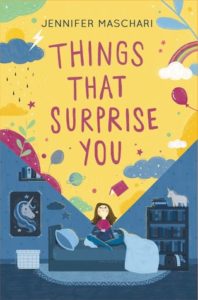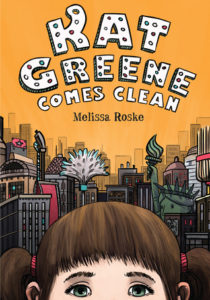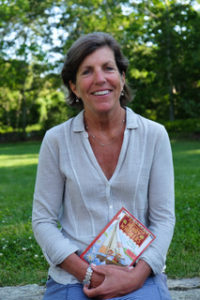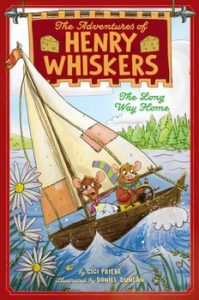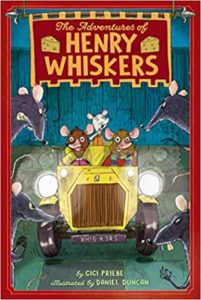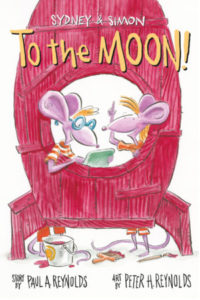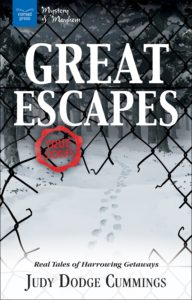Yesterday I posted my review of Things That Surprise You, a story about growing up, growing apart from old friends and making new connections. Today I’m featuring an interview with the author, who is a classroom teacher who also wrote The Remarkable Journey of Charlie Price. Jennifer lives in Ohio with her husband and stinky (yet noble) English bulldogs, Oliver and Hank, and she is hard at work on her next middle grade novel. To learn more, and to download a free curriculum guide, visit jenmaschari.com.
How did you decide to become a writer?
JM: I’ve always written! When I was younger, I loved to write silly poems and short stories. I actually still have some of these early pieces, and it’s been fun to look back and share them at school visits. I never thought I could be an author though. I thought authors were celebrities who lived in very fancy places for whom writing came very easily! It wasn’t until I received a letter back from an author I wrote that I realized these were regular people who had to work hard at their writing. It showed me that one day, I could be an author, too.
What do you like most about writing for young readers?
JM: There is so much I love about writing for young readers. One of my very favorite things, though, is that they are SO passionate about books. They are insightful, too. When I’m at a school visit or talking with readers over Skype, I am always so impressed with their amazing questions.
What do you find the most challenging?
JM: I think writing in general is the most challenging! It’s difficult to get a story from your head to the page in the way you’ve imagined it. For me, that takes many, many drafts and a lot of revision.
How does your background as a middle-school teacher influence your work?
JM: Being a middle-school teacher influences my writing in so many awesome ways. It definitely keeps me in touch with what middle school is really like and keeps my books grounded in reality. I have very vivid memories of my own middle school experience but it helps to know what kids are worried about, passionate about and interested in right now. It’s so great to be around a group of such smart, funny, sensitive kids every day. My students have also been very supportive of my writing. In fact, I dedicated my first book to them. Middle schoolers are the best!
In Things That Surprise You, Emily’s best friend embraces change while Emily clings to the familiar. Can you talk a little about the challenges for both of those approaches during a time of transition?
JM: Sure! I think it’s wonderful that Hazel embraces change but doing so shouldn’t mean having to give up everything and everyone she used to love. This approach can leave a kid feeling that they don’t know who they are anymore. Emily resists change but is very much true to herself. But sometimes, resisting change means that you don’t let new and wonderful things and people into your life. I think the experience of both girls shows that change is good and necessary, but it’s always vital to remember who you are and what’s important to you.
Would you say Hector and his sister Anita are good role models for Emily?
JM: Hector and Anita are very much themselves. Hector’s passionate about his favorite book series and facts and a survival show on television. Anita loves outer space and dancing. They are proud of these interests. They show Emily that it’s good to embrace what you love. They show her it’s okay to be herself. I think Hector and Anita are also very good at being friends to other people. That’s something Emily needs to see when her friendship with her BFF Hazel is so rocky.
You mention in an author’s note that you also have experience as the sibling of someone struggling with anorexia. What do you want readers to know about that other part of Emily’s story?
JM: My sister did have an eating disorder, and her struggles impacted our whole family. I think Emily feels guilty sometimes about the emotions she has about her sister’s eating disorder. She’s angry about the way it’s shifted the family dynamic, and her relationship with her sister has changed, too. But she stills loves and cares for her sister so much. I want readers to know that when something like an eating disorder impacts their family, that this range of feelings is normal and okay!
Is there anything else you’d like to say to readers at MotherDaughterBookClub.com?
JM: I love to talk about books with just about anybody so I think the concept of the mother-daughter book club is very cool. My mom and I live in different cities now but we often talk about books on the phone. It’s fun to discover someone else’s opinions and thoughts about the book you both read. In Things That Surprise You, the main character Emily LOVES to read. I could definitely see her being part of a mother-daughter book club and loving it!


